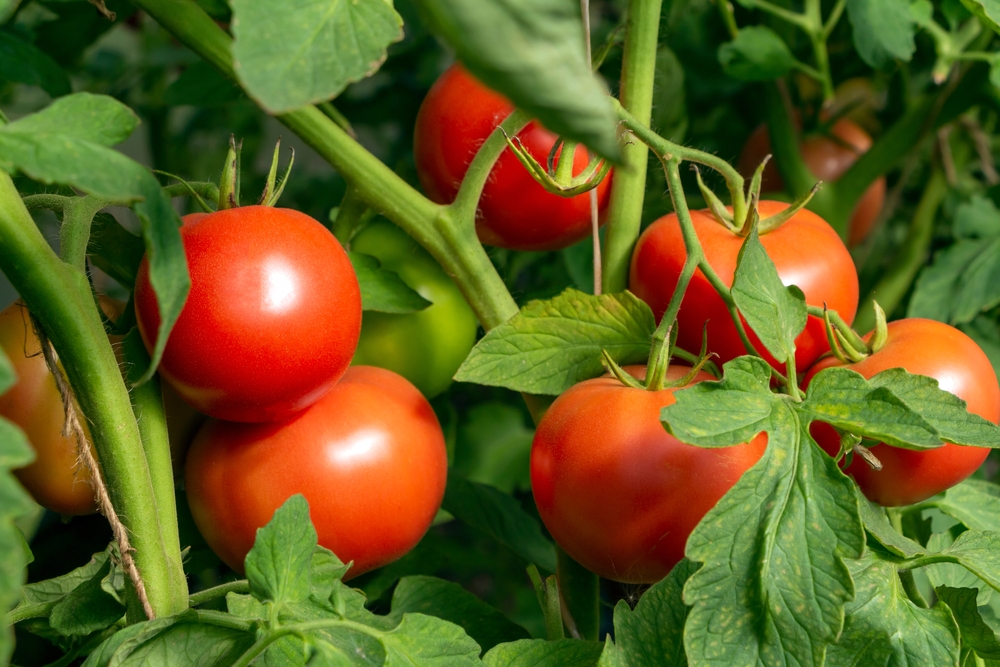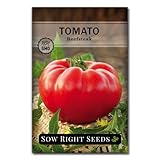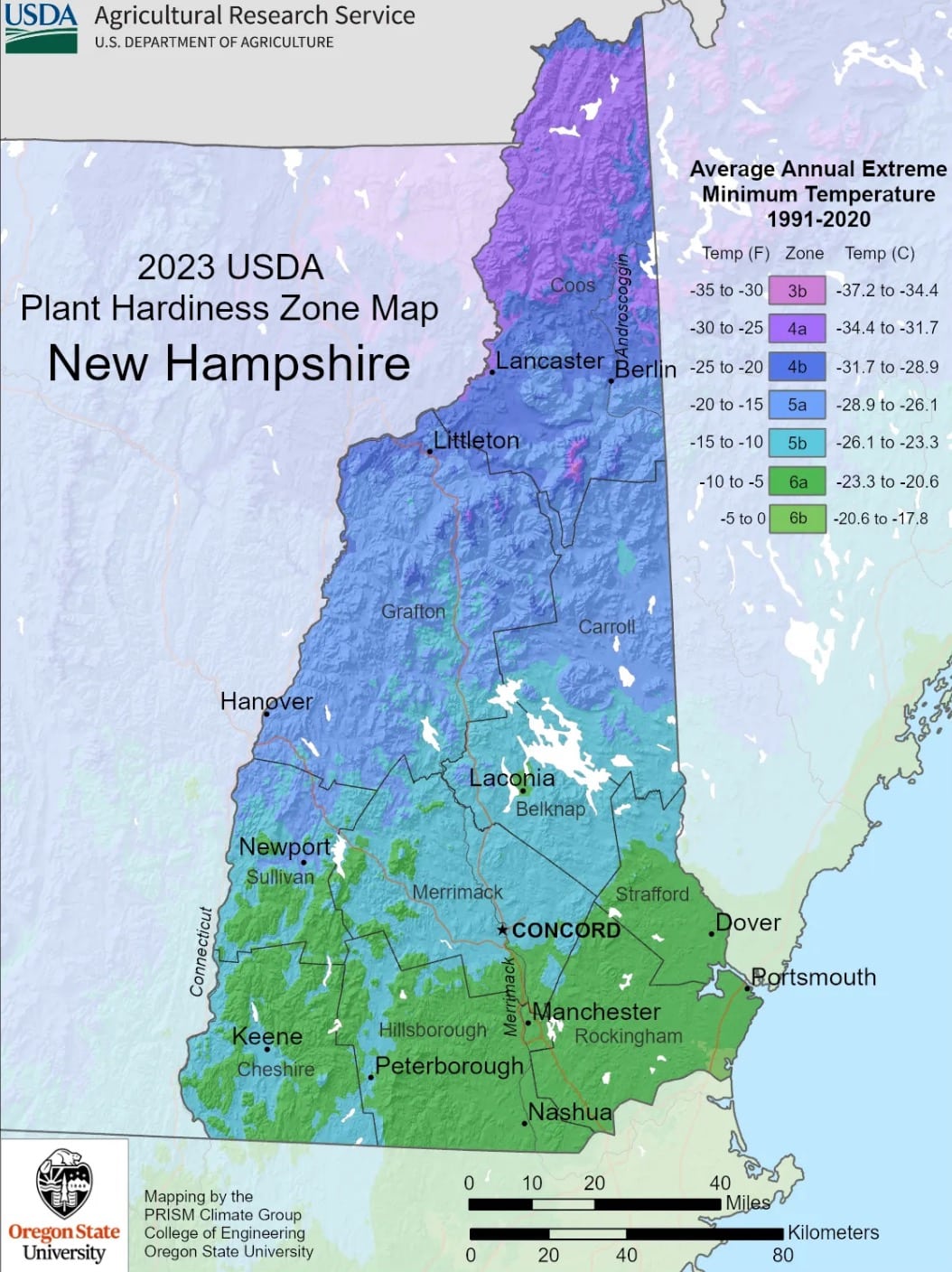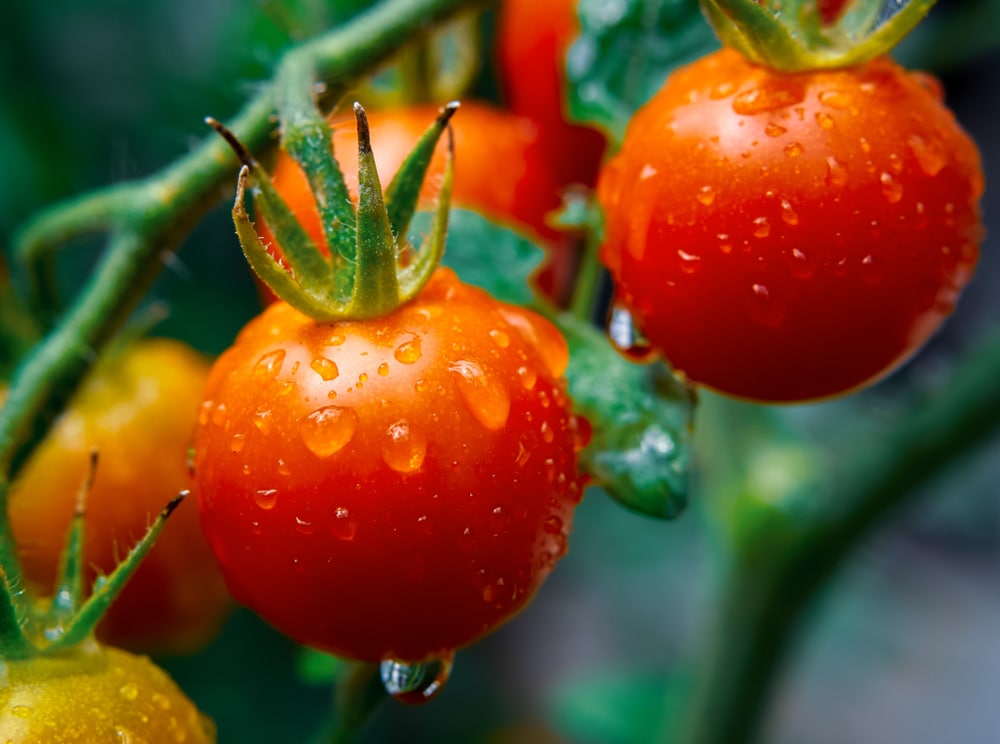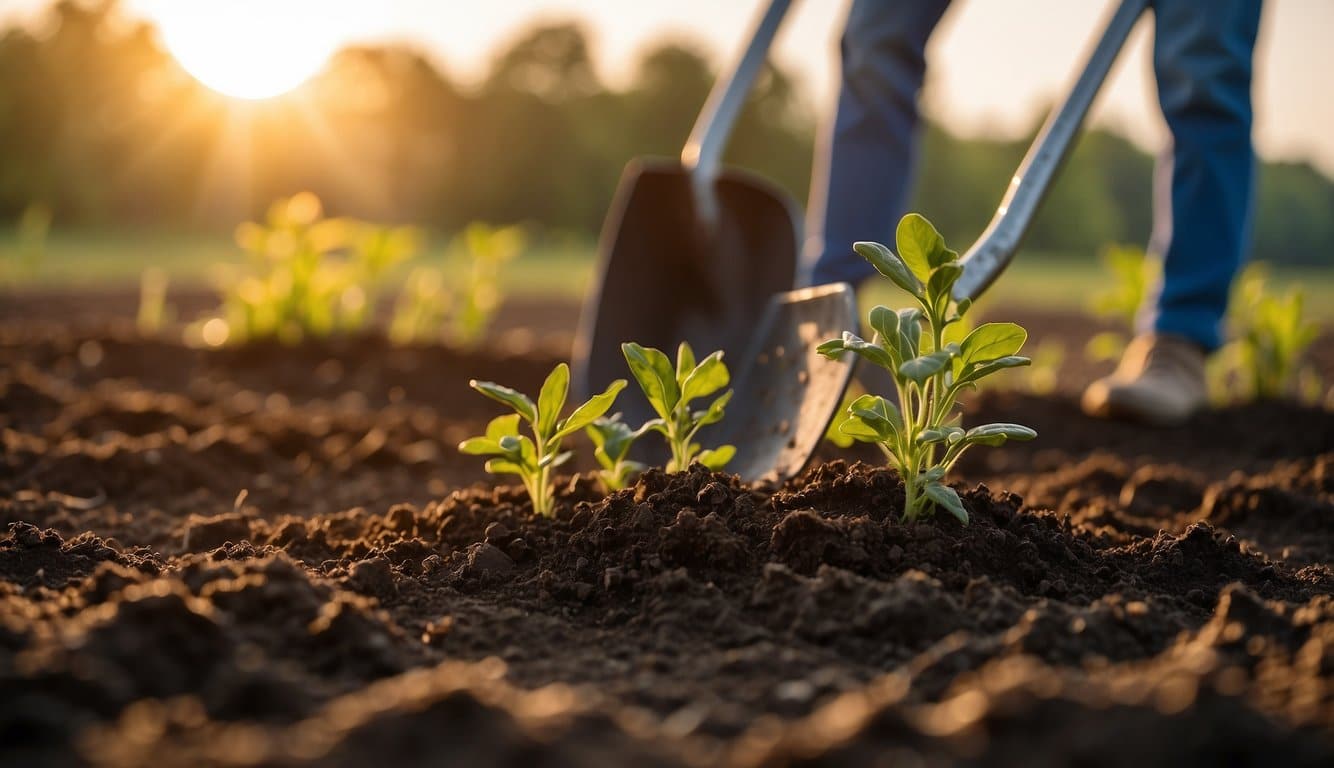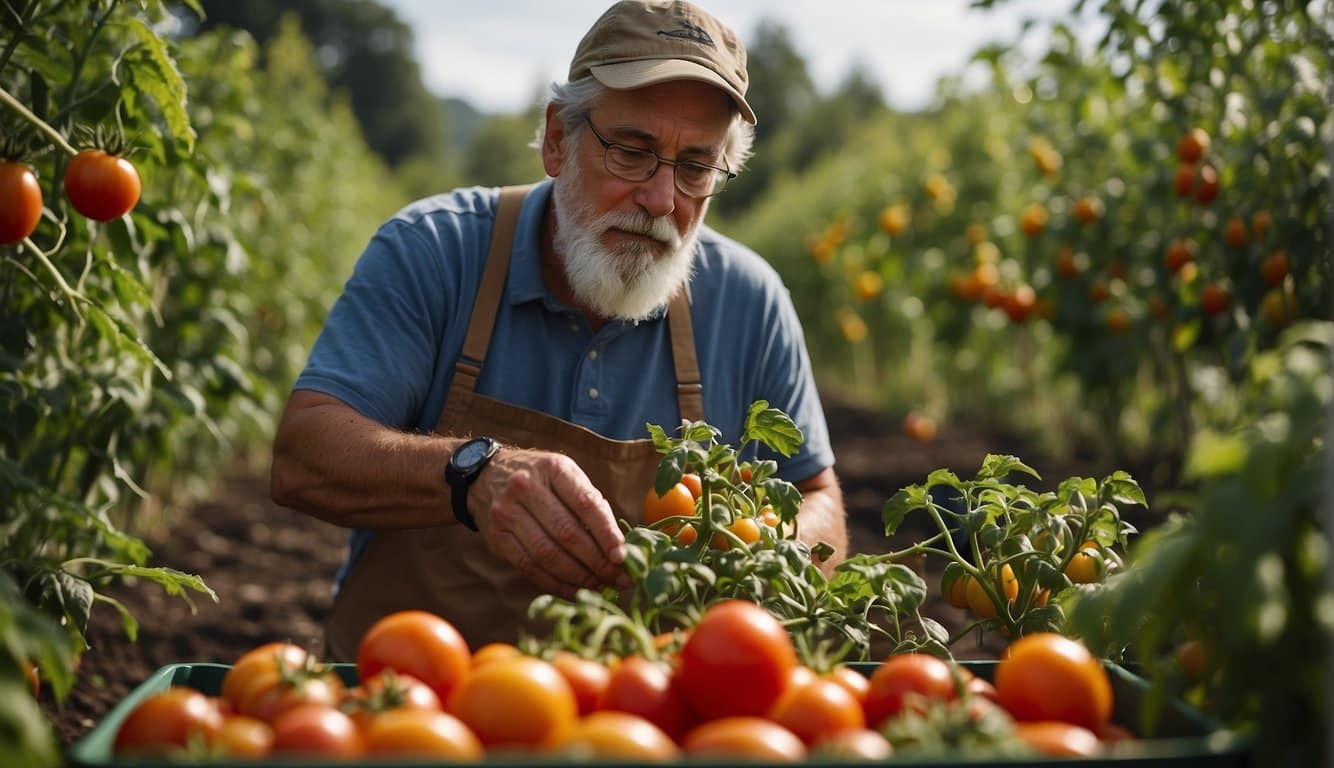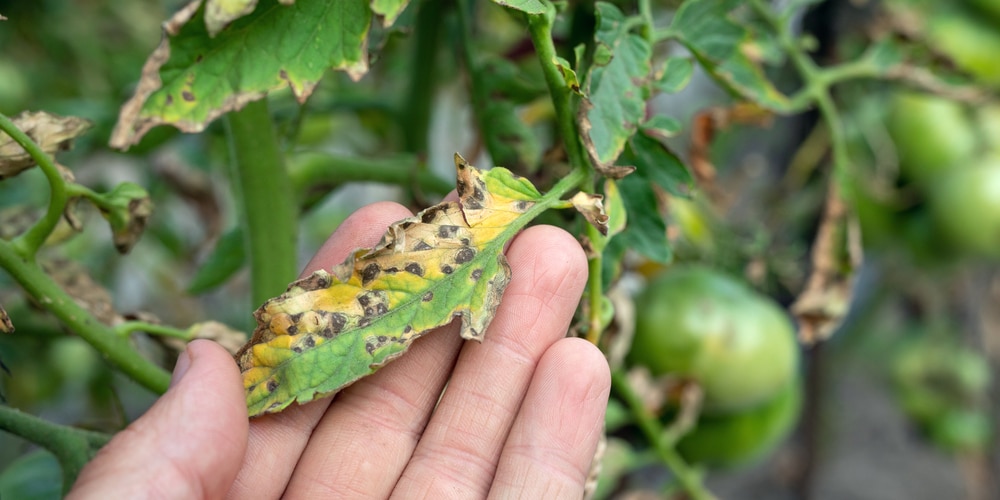| Question | What’s the best time of year to plant tomatoes in New Hampshire? |
|---|---|
| Answer | After the last frost, usually late May to early June. |
| More Info |
|
In New Hampshire, the optimal time to plant tomatoes is after the danger of frost has passed, which typically falls in late May to early June. Due to the state’s cooler climate and shorter growing season, starting tomato seeds indoors about 6-8 weeks before the expected outdoor planting date is highly recommended.
This allows the seedlings to develop in a controlled environment, ensuring they are robust enough for transplanting. Selecting varieties that are suited to New Hampshire’s growing conditions, particularly those that mature early or are cold-tolerant, is crucial for a successful harvest.
Understanding New Hampshire’s Climate Zones
New Hampshire’s climate is characterized by hot, humid summers and cold, snowy winters. The state is divided into six USDA plant hardiness zones: 3b, 4a, 4b, 5a, 5b, 6a, and 6b.
These zones are based on average minimum temperatures and help gardeners determine which plants are most likely to thrive in their area.
Tomatoes are warm-season plants that require a long growing season with plenty of heat and sunshine. In New Hampshire, tomatoes are typically grown as annuals and are planted after the danger of frost has passed.
Memorial Day weekend is generally a safe time for transplanting tomatoes in most parts of the state, though southern gardeners may plant a week or two earlier. Meanwhile, growers in the northern frost pockets may need to wait until mid-June.
To ensure a successful tomato crop, gardeners should choose tomato varieties that are well-suited to their specific climate zone.
For example, in colder zones, gardeners may want to choose early-maturing or determinate varieties that produce fruit quickly and ripen before the first frost.
In warmer zones, gardeners may have more options for tomato varieties. They may be able to grow larger, indeterminate varieties that produce fruit throughout the growing season.
Optimal Planting Times for Tomatoes in New Hampshire
Tomatoes are a summer staple in many gardens, and New Hampshire is no exception. However, planting tomatoes at the wrong time can lead to poor growth and a lack of fruit. Here are some guidelines to help you determine the optimal planting times for your tomato plants in New Hampshire.
Spring Planting Guidelines
In New Hampshire, the last average frost date varies depending on location. It is important to find out the last average frost date for your specific area to ensure that your tomato plants do not get damaged by frost.
Once you have this information, you can subtract 60 days from the last average frost date to determine the optimal time to start your tomato seeds indoors.
According to the Almanac.com planting calendar, the optimal time to plant tomatoes in New Hampshire is between May 10th and May 25th. This is assuming that you started your seeds indoors 6-8 weeks prior to this date.
If you did not start your seeds indoors, you can still plant tomato seedlings in your garden once the soil has warmed up to at least 60 degrees Fahrenheit.
When planting your tomato seedlings, make sure to space them out properly to allow for good air circulation and to prevent diseases. The ideal spacing for tomato plants depends on the growth habit of the variety, but a general guideline is to space them 18-36 inches apart.
Fall Planting Considerations
While most people associate tomato planting with the spring, fall is also a good time to plant tomatoes in New Hampshire. This is especially true if you live in a warmer area of the state where the first frost date is later in the year.
According to The Garden Magazine, the best time to plant tomatoes in the fall is in late July or early August. This will give your plants enough time to mature and produce fruit before the first frost hits.
When planting in the fall, it is important to choose varieties that have a shorter maturity time to ensure that they have enough time to produce fruit.
In addition, fall-planted tomatoes may require additional protection from cold temperatures. Using mulch and row covers can help to protect your plants from the cold and extend the growing season.
Preparing the Soil for Tomato Planting
Before planting tomatoes in New Hampshire, it is important to prepare the soil properly. This will ensure that the plants have the necessary nutrients and conditions to grow and produce a bountiful harvest. Here are some tips to get the soil ready for planting:
Test the Soil
The first step in preparing the soil is to test its pH level. Tomatoes grow best in slightly acidic soil with a pH level between 6.0 and 7.0.
A soil test will help determine if the soil is too acidic or alkaline. In New Hampshire, the soil tends to be acidic, so adding lime may be necessary to raise the pH level.
Add Organic Matter
Adding organic matter to the soil can improve its structure and provide nutrients for the plants. Compost, manure, or leaf mulch are all good options for adding organic matter.
These materials can also help retain moisture in the soil, which is important for healthy tomato plants.
Loosen the Soil
Tomatoes have deep roots, so it is important to loosen the soil to a depth of at least 12 inches. This will allow the roots to expand and grow properly. A garden fork or tiller can be used to loosen the soil.
Fertilize the Soil
Before planting tomatoes, it is important to fertilize the soil with the necessary nutrients. Nitrogen, phosphorus, and potassium are essential for healthy plant growth.
Bone meal, blood meal, and fish emulsion are all good sources of these nutrients.
Selecting Tomato Varieties for New Hampshire
When selecting tomato varieties for New Hampshire, it is important to consider the growing season, climate, and soil conditions. Here are some of the best tomato varieties that are well-suited for New Hampshire:
Early Girl
Early Girl is a popular tomato variety that is well-suited for New Hampshire’s shorter growing season. It produces medium-sized fruits with excellent taste, making it a favorite among gardeners.
Celebrity
Celebrity tomatoes are known for their disease resistance, making them a great choice for New Hampshire’s unpredictable weather. They produce large, flavorful fruits that are perfect for salads, sandwiches, and sauces.
Sun Gold
Sun Gold tomatoes are a popular cherry tomato variety that is well-suited for New Hampshire’s climate. They are easy to grow and produce sweet, juicy fruits that are perfect for snacking.
Husky
Husky tomatoes are a great choice for New Hampshire gardeners who want to grow tomatoes in containers. They produce large, juicy fruits and are resistant to many common tomato diseases.
Legend
Legend tomatoes are a determinate variety that is well-suited for New Hampshire’s climate. They produce medium-sized fruits with excellent taste and are resistant to many common tomato diseases.
Tomato Plant Care and Maintenance
Once your tomato plants are in the ground, it’s important to take good care of them to ensure a bountiful harvest. Here are some tips for maintaining healthy tomato plants:
Watering
Tomatoes need consistent moisture to thrive, but overwatering can lead to disease and other problems.
Water deeply once or twice a week, depending on weather conditions and soil type. Avoid getting water on the leaves, as this can encourage fungal growth.
Fertilizing
Tomatoes are heavy feeders and require regular fertilization throughout the growing season. A balanced fertilizer with equal amounts of nitrogen, phosphorus, and potassium is best.
Apply the fertilizer according to the manufacturer’s instructions, being careful not to over-fertilize, which can lead to excessive foliage growth at the expense of fruit production.
Pruning
Tomatoes can benefit from pruning to improve air circulation and prevent disease.
Remove any suckers that grow between the main stem and branches, as these can divert energy away from fruit production.
You can also remove the lower leaves as the plant grows taller to prevent soil-borne diseases from splashing onto the leaves.
Pest Control
Tomatoes are susceptible to a variety of pests, including aphids, whiteflies, and tomato hornworms.
Regularly inspect your plants for signs of infestation and take action as needed.
Organic pest control methods, such as handpicking and companion planting, can be effective in managing pests without the use of harmful chemicals.
Frequently Asked Questions
What is the optimal time of year to start tomato seedlings indoors in New Hampshire?
The optimal time to start tomato seedlings indoors in New Hampshire is approximately 6 to 8 weeks before the last expected frost date. This is typically around mid-April for most areas in the state.
How does New Hampshire’s climate zone affect tomato planting schedules?
New Hampshire’s climate zone plays a significant role in determining the best time to plant tomatoes.
The state has a humid continental climate, which means that summers are warm and humid, while winters are cold and snowy. This makes it important to choose tomato varieties that are well-suited to cooler growing conditions.
What are the last frost dates to consider when planting tomatoes in New Hampshire?
The last frost dates to consider when planting tomatoes in New Hampshire vary depending on the specific location. However, in general, the last expected frost date for most areas in the state is between May 15th and May 30th.
When is it safe to transplant tomato seedlings outdoors in New Hampshire?
It is safe to transplant tomato seedlings outdoors in New Hampshire after the last expected frost date has passed. This is typically around late May or early June for most areas in the state.
How do temperature requirements influence tomato planting times in New Hampshire?
Temperature requirements play a critical role in determining the best time to plant tomatoes in New Hampshire.
Tomatoes require warm soil temperatures to germinate and grow properly. Therefore, it is essential to wait until the soil has warmed up to at least 60°F before planting tomato seedlings outdoors.
What are the recommended tomato varieties for New Hampshire’s growing conditions?
Some of the recommended tomato varieties for New Hampshire’s growing conditions include Husky, Earl Girl, Celebrity, Golden Nugget, Legend, Spring, and Sub Artic.
These varieties are well-suited to cooler growing conditions and are more resistant to common tomato diseases in the state.
Last update on 2025-06-06 / Affiliate links / Images from Amazon Product Advertising API
